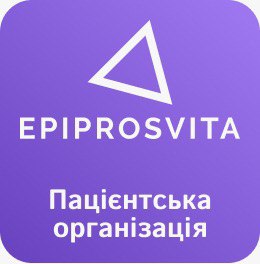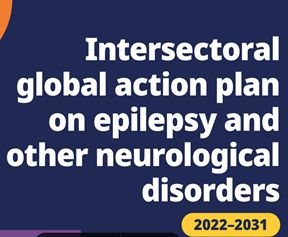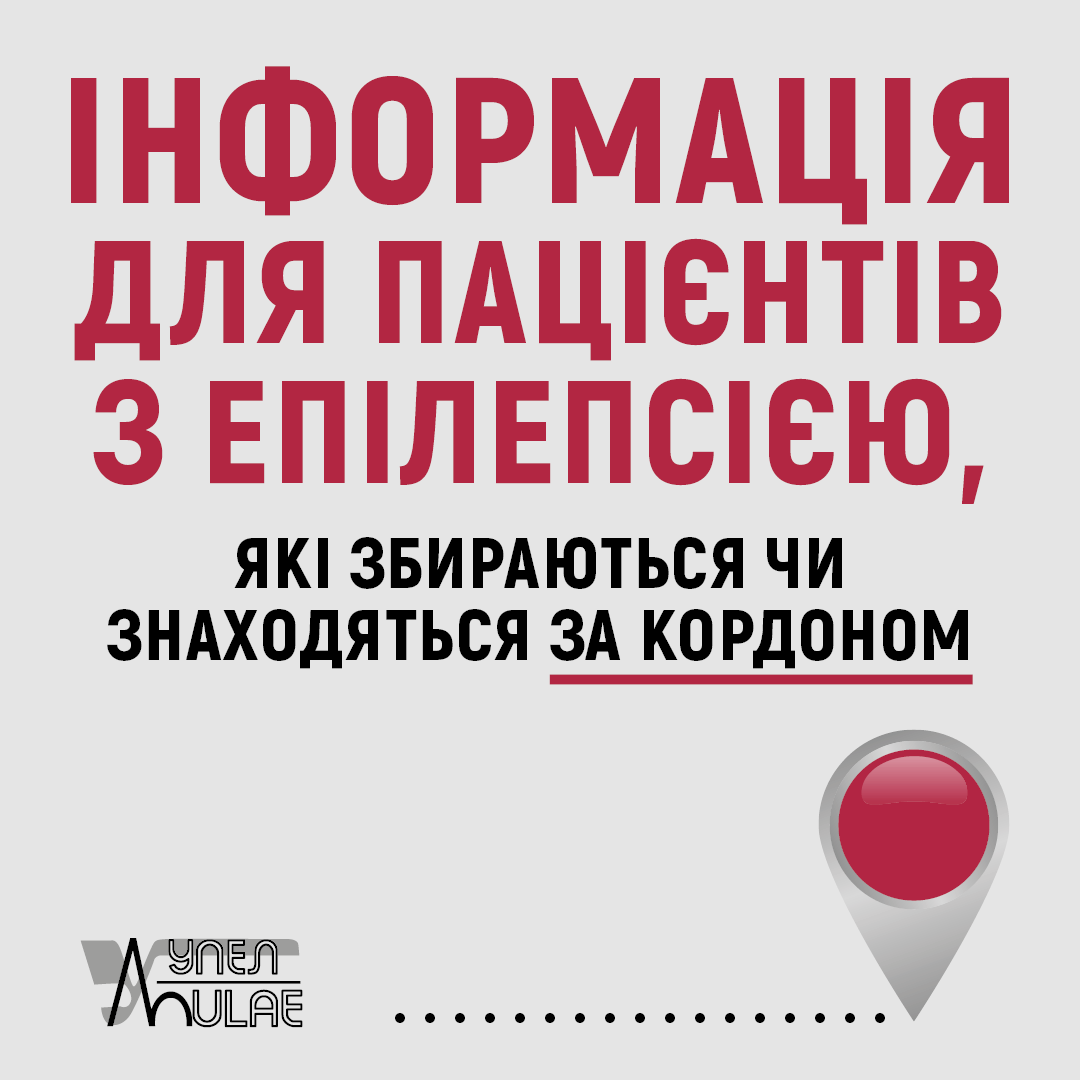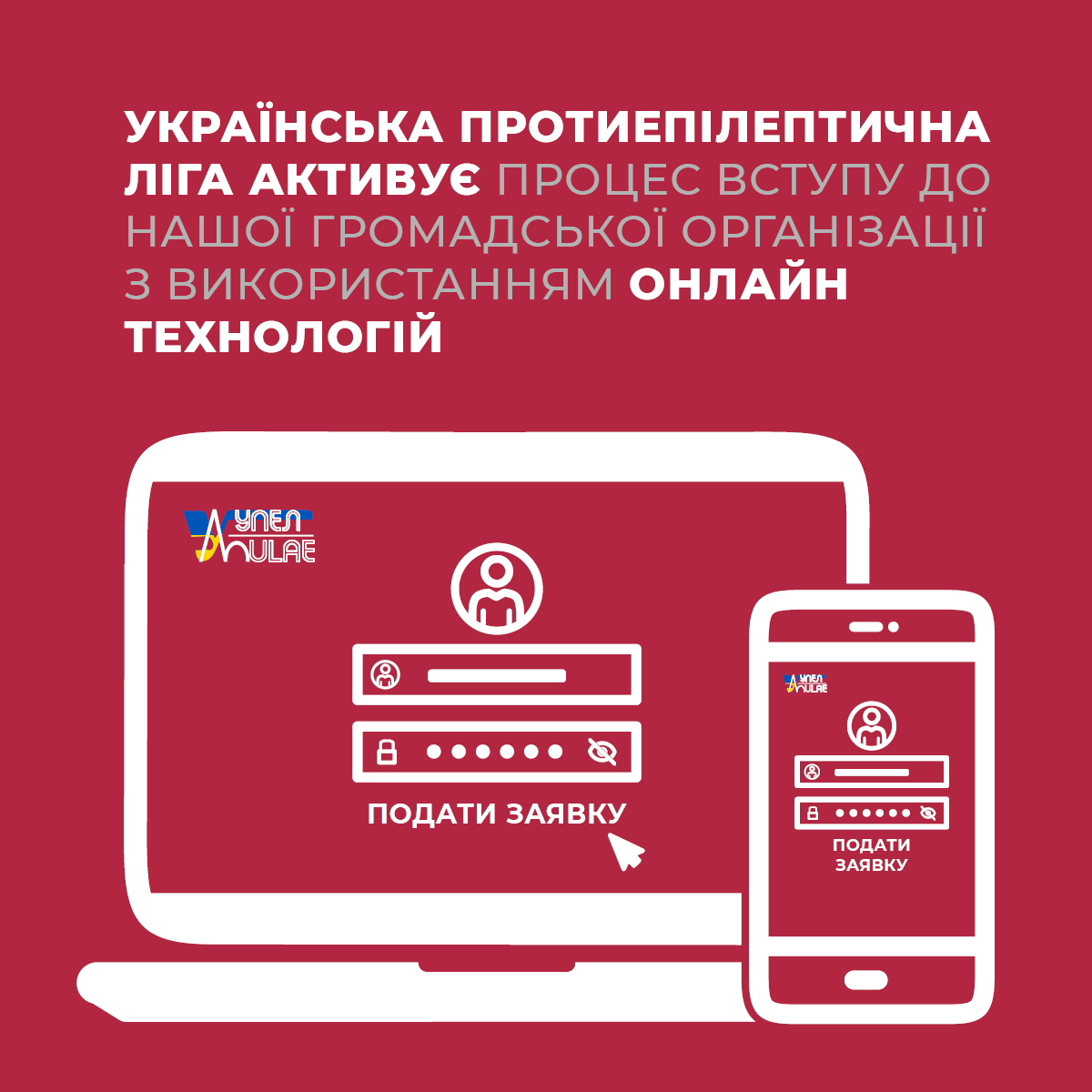Seizure 2020, Vol 81, Editor’s Choice: Antibiotic-induced epileptic seizures: mechanisms of action and clinical considerations
Like antiseizure and other medications, antibiotic drugs have a hard time getting into the brain. Orally administered preparations have to survive the acidity of the stomach, pass through the intestinal mucosa and potential first-pass metabolisation in the liver. From there, they need to get to the head and pass the blood-brain-barrier. It is perhaps not surprising that it was an attempt to overcome these hurdles that first led to the discovery of the seizure-provoking effects of penicillin very soon after this drug was first discovered: the intraventricular injection of penicillin was noted to cause myoclonic jerking (1). This discovery has been put to good use since – when penicillin is used in animal research as a precipitant for acute seizures or (with repeated administration) for epilepsy (2). However, the ictogenic and epileptogenic potential of penicillin and more recent antibiotic drugs continue to be problematic when these potentially life-saving medicines are used to treat infections in humans.
My editor’s choice paper from the current volume of Seizure by Pitchaya Wanleenuwat et al. provides a masterly overview of the different ways in which antibiotic treatment can precipitate seizures (3). The most commonly used antibiotic drugs, β-lactams and fluoroquinolones, are also the ones most closely associated with neurotoxic side effects. Directly seizure-promoting mechanisms include interference with inhibitory processes and enhancement of excitatory processes (such as gamma-aminobutyric acid (GABA) antagonism, inhibition of GABA synthesis or glutaminergic N-methyl-D-Aspartate (NMDA) receptor agonism). However other mechanisms may play an additional role, and patients with hepatic and renal insufficiencies – both the rule rather than the exception in elderly patients - are at greatest risk. Directly harmful effects of antibiotics within the brain are particularly common in clinical scenarios in which the efficacy of the blood brain barrier is reduced – for instance in infections involving the meninges. Macrolide antibiotics (clarithromycin and erythromycin) can cause neurotoxic effects (including delirium and seizures) by inhibiting the hepatic metabolism of antiepileptic drugs. Carbapenem can enhance valproate breakdown, thereby increasing the risk of seizures.
Considering the many and complex ways in which epilepsy, infections, antiseizure medications and antibiotics can interact, one wonders how often the observation of a deterioration of seizure control in an individual with epilepsy was actually due to the medicine prescribed to combat an intercurrent infection rather than the infective illness itself!
References:
1) Johnson HC, Walker AE. Intraventricular: A note of warning. JAMA 1945;127:217–9. https://doi.org/10.1001/jama.1945.92860040001007.
2) Kandratavicius L, Alves Balista P, Lopes-Aguiar C, Ruggiero RN, Umeoka EH, Garcia-Cairasco N, Bueno-Junior LS, Leite JP. Animal models of epilepsy: use and limitations. Neuropsychiatr Dis Treat. 2014;10: 1693–1705.
3) Wanleenuwat P, Suntharampillai N, Iwanowski P. Antibiotic-induced epileptic seizures: mechanisms of action and clinical considerations. Seizure 2020; 81: 167-174.
Seizure 2020, Том 81, Вибір редактора: Епілептичні напади, викликані антибіотиками: механізми дії та клінічні міркування
Подібно до протиепілептичних та інших ліків, антибіотикам важко потрапити до головного мозку. Препарати для перорального введення повинні подплати кислотність шлунка, проходити через слизову оболонку кишківника і потенційно піддаватися метаболізму при першому проходженні в печінці. Звідти їм потрібно дістатися структур головного мозку і подолати гематоенцефалічний бар'єр. Можливо, саме спроба подолати ці перешкоди вперше призвела до відкриття провокуючих судоми ефектів пеніциліну, майже відразу після того, як цей препарат був вперше виявлений: внутрішньошлуночкова ін'єкція пеніциліну викликала міоклонічні посмикування(1). З того часу пеніцилін почав використовуватися у дослідженнях на тваринах в якості провокатора чи підсилватича при гострих нападах або при епілепсії (у разі повторного застосування) (2). Однак іктогенний та епілептогенний потенціал пеніциліну і новітніх антибіотиків продовжує залишатися дискутабельним, оскільки препарати, які потенційно рятують життя, використовуються для лікування інфекцій у людей.
Мій вибір як редактора з поточного тому журналу «Seizure» – це стаття Pitchaya Wanleenuwat та ін., що надає літературний огляд різних способів, за допомогою яких лікування антибіотиками може прискорити епілептичні напади(3). Антибіотики, β-лактами і фторхінолони, які найбільш часто використовують в медичній практиці, тісно пов'язані з нейротоксичними побічними ефектами. Механізми, що безпосередньо сприяють нападам, включають втручання в процеси інгібування і посилення процесів збудження (таких як антагонізм гамма-аміномасляної кислоти (ГАМК), інгібування синтезу ГАМК або агонізм рецептора глутамінергічного N-метил-D-аспартату (NMDA)). Однак інші механізми можуть відігравати додаткову роль, і хворі з печінковою та нирковою недостатністю - як правило, так і пацієнти виключення - хворі похилого віку - піддаються найбільшому ризику. Безпосередньо шкідливі ефекти антибіотиків в мозку особливо поширені в клінічних випадках, при яких ефективність гематоенцефалічного бар'єру знижується - наприклад, при інфекціях, що пошкоджують мозкові оболонки. Макролідні антибіотики (кларитроміцин і еритроміцин) можуть викликати нейротоксичні ефекти (включаючи делірій і судоми), інгібуючи печінковий обмін протиепілептичних препаратів. Карбапенем може посилювати розпад вальпроату, тим самим, підвищуючи ризик судом.
Враховуючи численні та складні способи, за допомогою яких епілепсія, інфекції, протиепілептичні препарати та антибіотики можуть взаємодіяти, цікаво, наскільки часто спостереження за погіршенням контролю нападів у людини з епілепсією було насправді пов'язано з ліками, призначеними для боротьби з інтеркурентною інфекцією, а не з самим інфекційним захворюванням!
References:
1) Johnson HC, Walker AE. Intraventricular: A note of warning. JAMA 1945;127:217–9. https://doi.org/10.1001/jama.1945.92860040001007.
2) Kandratavicius L, Alves Balista P, Lopes-Aguiar C, Ruggiero RN, Umeoka EH, Garcia-Cairasco N, Bueno-Junior LS, Leite JP. Animal models of epilepsy: use and limitations. Neuropsychiatr Dis Treat. 2014;10: 1693–1705.
3) Wanleenuwat P, Suntharampillai N, Iwanowski P. Antibiotic-induced epileptic seizures: mechanisms of action and clinical considerations. Seizure 2020; 81: 167-174.





